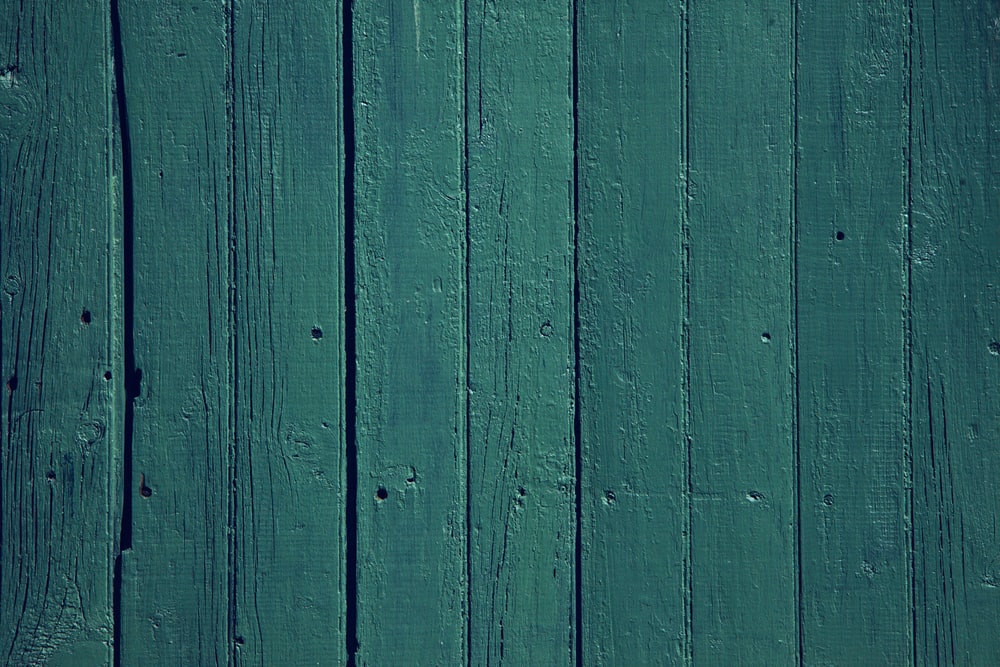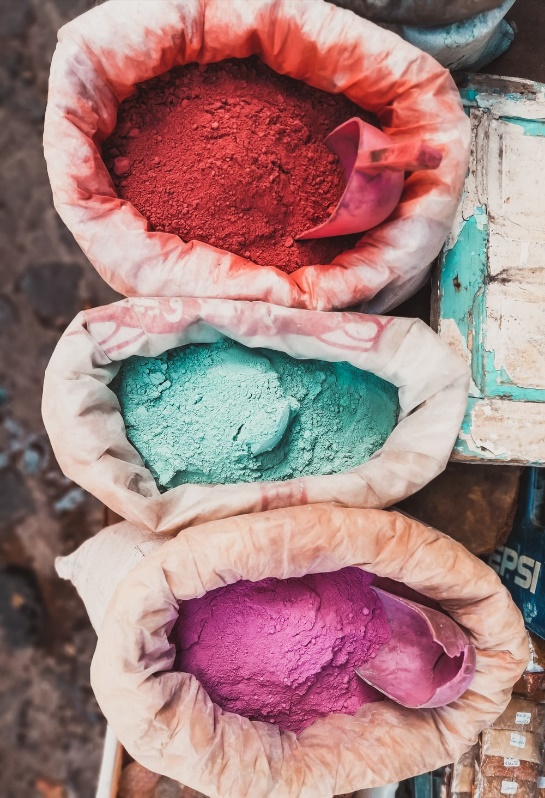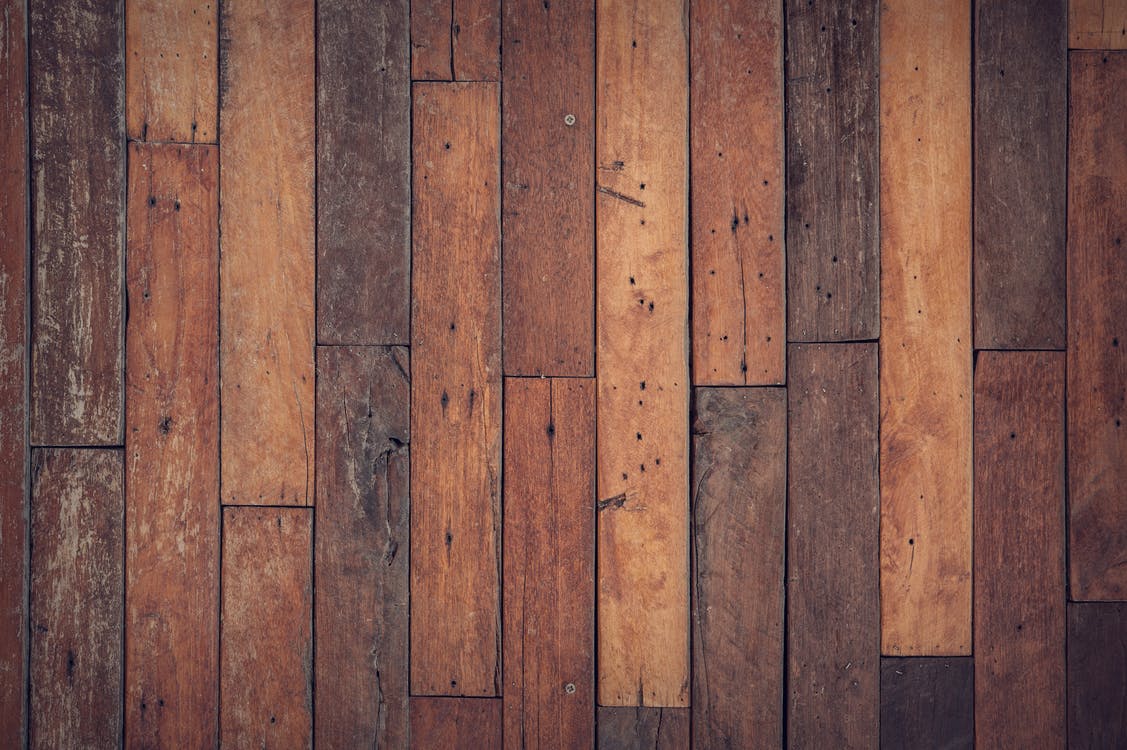When it comes to wood coloring and finishing techniques, a lot of people often get confused between the terms wood dye and wood stain.


Most people are familiar with the latter term, but not so much with the former. Others use both the terms interchangeably.
However, there are many differences between wood dye and wood stain that you ought to know if you happen to be working on a woodcraft project.
Difference between Wood Dye and Wood Stain
While both wood dye and wood stain are types of wood finishing techniques, they are different from each other. Both serve the same purpose, which is to change the color of the wood. The difference lies in the way each method delivers the color, thereby impacting the end result and final color of the wood.
Wood Dye
Wood dye is also commonly known as wood tint and it comprises of microscopic dye particles that are small enough to penetrate deep into the wood. Dyes are generally derived from organic elements that consist of small particles on their own.
They don’t need a binder and are easily able to absorb into a wooden structure given the small size of their molecules. You will also find wood dyes in liquid concentrate and powder forms.
Another key feature of wood dye is that it’s water-soluble. What this means is that they are colorfast and you will never find dyes that are oil-based.
Advantages of Wood Dye
- Penetrates deeper into the wood
- Huge selection of colors available
- A little amount goes a long way
- Reduces the chances of scratches
- Produces deep, vibrant colors in the final result without obscuring the grain
- An excellent option for dense and figured woods
- Since it’s translucent, you can easily see the grain of the wood
Disadvantages of Wood Dye
- It has a higher tendency to fade in sunlight than a pigmented stain
- It costs a little more
Wood Stain


Wood stain, on the other hand, comprises of water, dirt, and a binding solution such as resin, for instance.
They are made of colored pigments that stick in the pores and grain of the wood instead of penetrating inside like wood dyes.
Wood stain primarily features three core components that include pigment, carrier, and binder. These are also found in many types of paints.
The pigment is wood stain is basically dirt and is a clay-based element. This is the main feature that makes wood stains colorfast, making it ideal for outdoor applications since it won’t wash away with the rain. Additionally, since these pigments are clay and dirt, wood stain is more fade-resistant in the presence of UV light.
Carrier is the substance that determines if a particular wood stain is water-based or oil-based.
Lastly, binder refers to substances used in wood stain that allow it to stick to a wooden surface. Without a binder, it wouldn’t be able to do that. Wood stain consists of the same resin binder that is found in sealing and finishing paints.
Advantages of Wood Stain
- Brings out the grain pattern in large grain woods really well such as in oak and ash
- Works in a similar as paint since it consists of a binder
- Produces a more pigmented end result
Disadvantages of Wood Stain
- Doesn’t work well on close-grained and dense wood
- Requires excessive stirring since the particles tend to collect and settle at the bottom
- You may end up obscuring the grain if you do multiple applications in an attempt to darken the color
Different Wood Dye Options
Since we are majorly focusing on wood dye as a wood coloring and finishing technique, we have some great options for you to look into.
One of the best things about wood dye is that it is available in both store-bought and home solutions.
While it’s your personal preference as to which one to choose, the fact that you can use create a wood dye out of regular ingredients at home is really cool!
Store-Bought Wood Dye Solutions
These typically come in liquid concentrates and powdered forms. A great thing about store-bought wood dye solutions is that it’s available in so many incredible colors. You can also create a customized color using the color wheel.
Furthermore, dyes don’t settle and collect at the bottom like stains do which means that a single mix is likely going to last you a long time.
However, it is essential to note here that wood dye liquid concentrates and powders are a tad towards the pricier end.
How to Use Store-bought Dyes
If you happen to be using store-bought wood dye solutions, the process is fairly simple.
For liquid concentrate, the mixing ratio is 1 oz. dye to 1 qtr. of water, but you can also use alcohol in place of water. Some people prefer splitting the dye into two halves, one with water and one with alcohol.
For powdered dyes, you just need to mix it with water till it creates a nice consistency. Even a little amount covers a large surface area so make sure you mix just enough to achieve the desired color and texture.


At Home Wood Dye Solutions
We all have ingredients in our kitchen or the pantry that have a very deep and stained color profile, don’t we?
Two common ingredients that come to mind are none other than tea and coffee. These are two of the most common kitchen items used to create a custom wood dye at home.
However, there are many others as well that produce amazing results, which include beetroot and turmeric.
Ever noticed how these two ingredients leave you with stained fingers whenever you use them directly with your hands? This goes to show its ability to stain a piece of wood just as well.
How to Use At Home Dyes


When using turmeric, all you need to do is mix it with water as per your requirement. Note here that the level of water will determine the intensity of the end color so use only as needed.
With beets or beetroot, you can experiment with two different methods. First, you can cut it up into medium-sized pieces and apply it to the surface of the wood that you wish to color. While it does a fairly decent job, it is quite time-consuming. Additionally, it will require you to do multiple applications in order to get the desired color.
The second method involves juicing the beets, which isn’t only less time-consuming but also produces a far richer color.
Key Takeaway
Wood dye is indeed an excellent wood coloring and finishing technique that delivers promising results.
Whether you use store-bought solutions or home solutions, it’s all about your personal preference. The goal is to know the difference between wood dye and wood stains. Moreover, each method will produce different colors.
A key tip for the smooth application of wood dye is to lift the grain of the wood first. You can do so by spritzing the wood with water. Make sure to dry the excess before you apply the dye.
This will ensure a proper color finish and will also penetrate deep into the wooden surface.

